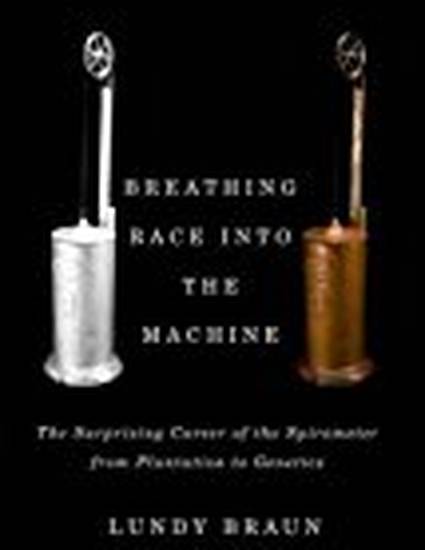
Article
Race Rather than Environment in the Spirometer
H-Environment, H-Net Reviews
(2014)
Abstract
A photo of a spirometer in the introduction to Lundy Braun's Breathing Race in the Machine suggests the complex power of this "apparently ordinary instrument" (p. xv): in addition to the cylinder that measures the quantity of air inhaled and expired by the subject and buttons that print results and turn the device on and off, there are two switches labeled "race" and "sex." Those switches automatically "correct" the instrument's reading based on supposedly innate differences in lung capacity; specifically, 10 to 15 percent below "normal" for those labeled as "black." Breathing Race into the Machine explains the historically contingent, complex, and contested processes behind that "race" switch and all of the assumptions about innate difference that put it there. Drawing on a background in science and public health, Braun's study follows the spirometer's development and application from the laboratory spaces of Victorian London to mid-twentieth-century gold mines on the Witwatersrand plateau in South Africa. Braun argues that in their efforts to design and use the spirometer in a variety of contexts and for different ultimate purposes, scientists, doctors, and sometimes patients themselves embedded "cultural notions of race" in the spirometer, turning this seemingly innocuous device into a powerful carrier of racism.
Disciplines
Publication Date
December, 2014
Citation Information
Bob H. Reinhardt. "Race Rather than Environment in the Spirometer" H-Environment, H-Net Reviews (2014) Available at: http://works.bepress.com/bob-reinhardt/16/
